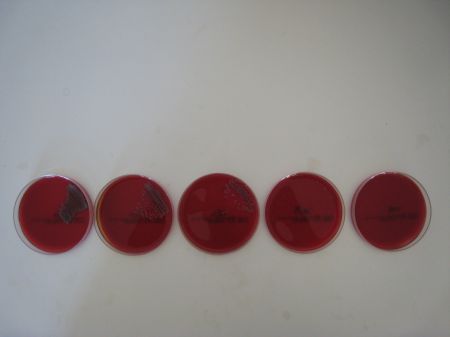The aim of this project is to create a clinical score, based on the creation of a clinical score for calves with diarrhea (Lorenz, 2004), to determine the degree of intoxication in peracute to acute mastitis in practice.
The clinically changed parameters can thus be compared with the degree of intoxication and the severity of the mastitis. Based on this, optimal therapy is initiated and recovery is checked.
By dividing the cow into groups, it is determined which methods will allow the sick cow to start eating again as quickly as possible and produce adequate milk production in order to minimize the farmer's losses as much as possible.
The so-called colimastitis is an emergency because this form of mastitis is a highly acute disease and therapy is only promising within the first few hours. The inflammatory process and the toxin effect either lead to the death of the animal or the animal survives this phase, but the diseased udder returns to normal only very slowly, often not even in the same lactation. Without treatment, this disease has a high death rate.
The endotoxins released in large quantities when fighting the germs are extremely toxic or even lethal for the host because they can trigger septic shock. The clinical picture and pathophysiology are very complex. The administration of a non-steroidal anti-inflammatory drug, recommended in addition to any antibiotic treatment, showed different effects in several studies. Some clinical symptoms were improved by additional therapy. Inflammatory indicators in milk or milk production showed both significant and non-significant changes. Grandemange et al (2002) suggested additional infusion therapy.
Hypertonic solutions cause an increase in plasma volume, increase the cardiac output and improve oxygen delivery to the tissue.
The severity of intoxication cannot be determined using a single parameter. The cause of udder inflammation can be determined through a bacteriological milk examination, but this does not provide any information about the degree and extent of the udder inflammation. With the help of the data collected in this project and the creation of a clinical score, connections and peculiarities between the degree of intoxication, severity of mastitis and clinical status should be established.
By dividing the cow into three groups (without infusion, isotonic and hypertonic infusion), it is examined whether infusions are necessary and, if so, in what concentration they are suitable for supporting the cow's recovery as part of the therapy.
Early optimal therapy is absolutely necessary for acute parenchymatous udder inflammation in order to prevent total failure and to achieve the fastest possible recovery (eating and milk production).







